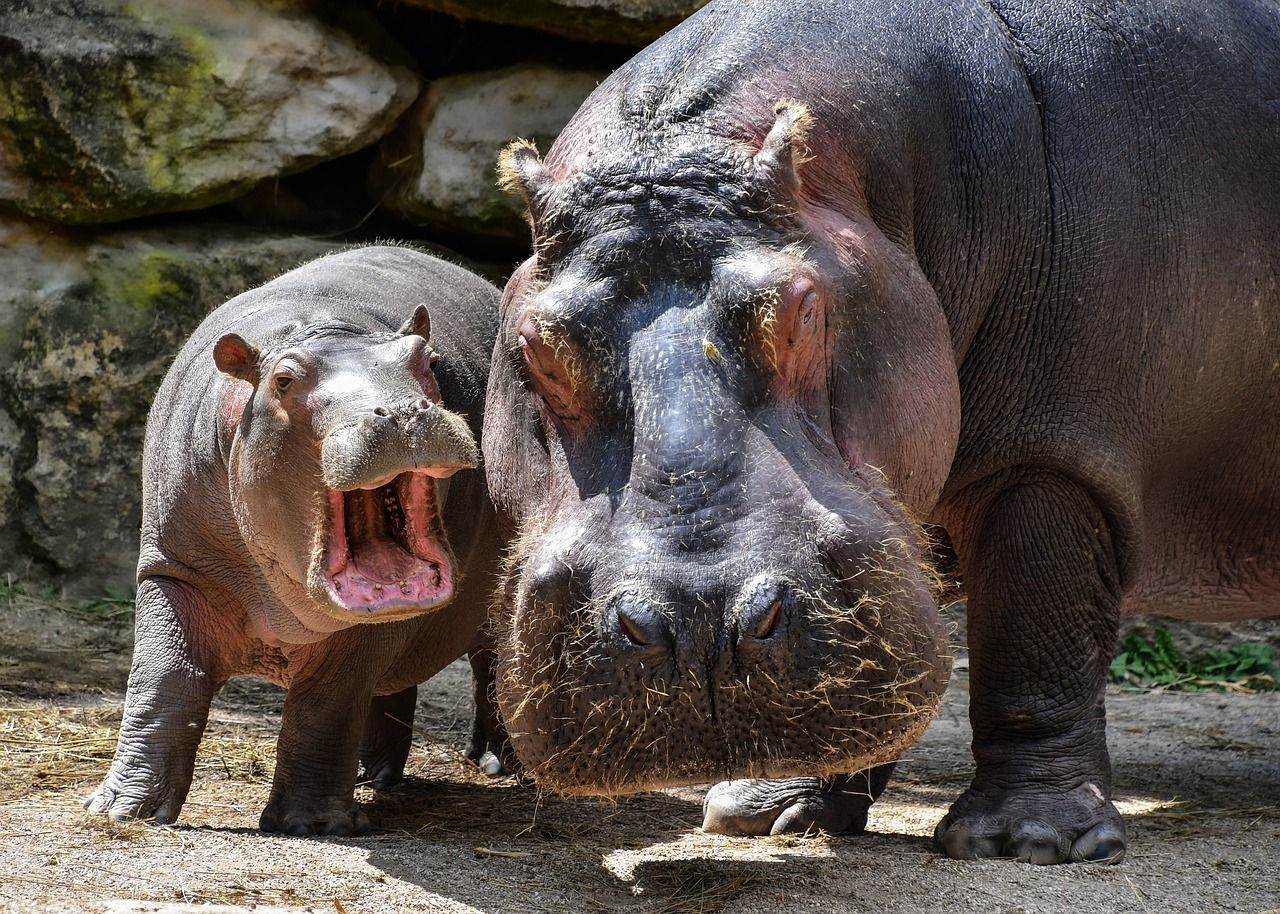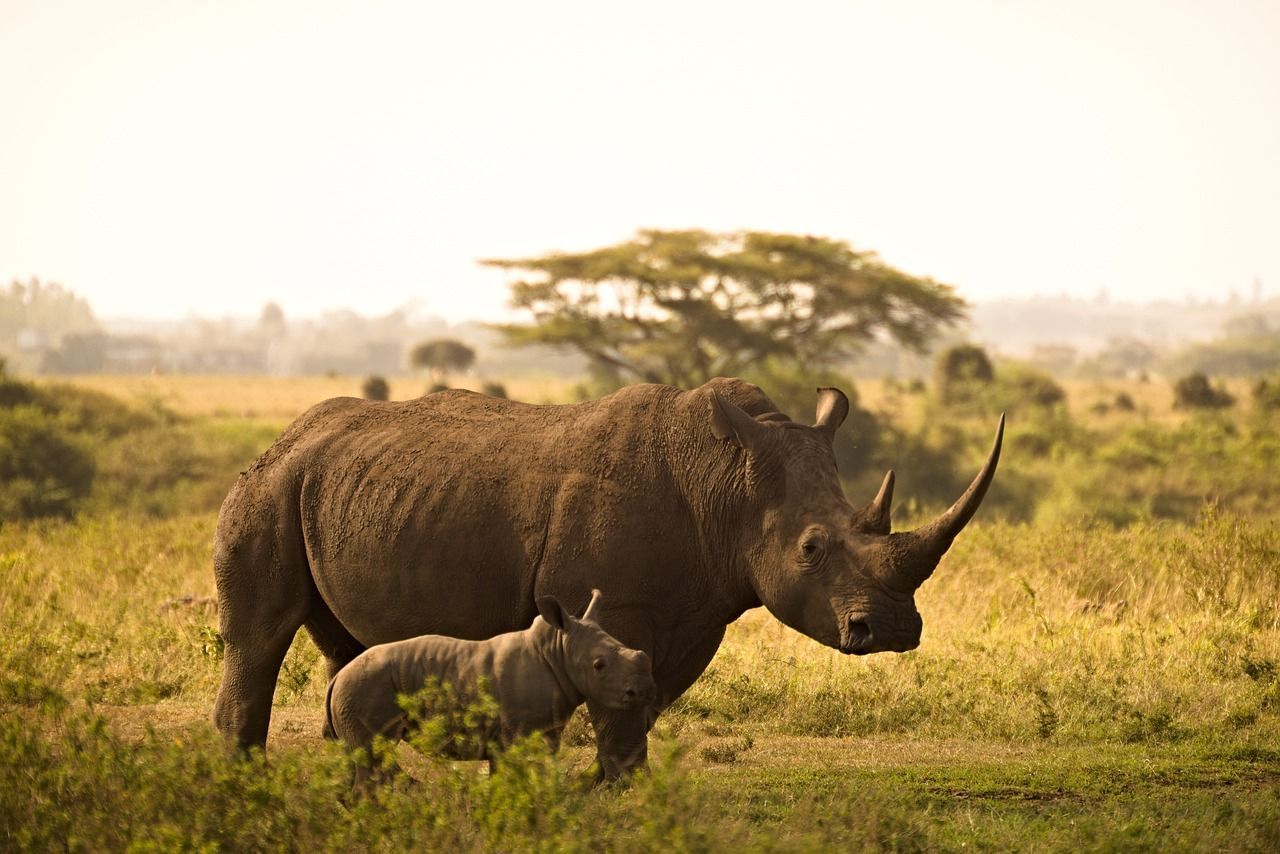Tourist Sites
Tanzania Tourist Site (Facts From Tanapa)
Rising from the sandy shores of Lake Tanganyika, the forested Gombe Stream and Mahale Mountains National Parks vie with each other as the best place in the world to track wild chimpanzees. Closer to the coast, the isolated massifs of the underpublicised Eastern Arc Mountains have been dubbed the ‘African Galapagos’ in recognition of their wealth of endemic plants and animals. And Tanzania’s daunting natural variety is mirrored by a cultural diversity embracing 120 distinct tribes: from the iconic Maasai pastoralists of the Rift Valley, to the Arab-influenced Swahili of the coast, to the Hadzabe hunter-gatherers of Lake Eyasi.
Tanzania, truly, is a safari destination without peer. The statistics speak for themselves: an unparalleled one-quarter of its surface area has been set aside for conservation purposes, with the world-renowned Serengeti National Park and incomprehensibly vast Selous Game Reserve heading a rich mosaic of protected areas that collectively harbour an estimated 20 percent of Africa’s large mammal population.



Tarangire National Park
The fierce sun sucks the moisture from the landscape, baking the earth a dusty red, the withered grass as brittle as straw. The Tarangire River has shrivelled to a shadow of its wet season self. But it is choked with wildlife. Thirsty nomads have wandered hundreds of parched kilometres knowing that here, always, there is water.
Serengeti National
Park Tanzania's oldest and most popular national park, also a world heritage site and recently proclaimed a 7th world wide wonder, the Serengeti is famed for its annual migration, when some six million hooves pound the open plains, as more than 200,000 zebra and 300,000 Thomson's gazelle join the wildebeest’s trek for fresh grazing. Yet even when the migration is quiet, the Serengeti offers arguably the most scintillating game-viewing in Africa: great herds of buffalo, smaller groups of elephant and giraffe, and thousands upon thousands of eland, topi, kongoni, impala and Grant’s gazelle.
Udzungwa Mountains National Park
Brooding and primeval, the forests of Udzungwa seem positively enchanted: a verdant refuge of sunshine-dappled glades enclosed by 30-metre (100 foot) high trees, their buttresses layered with fungi, lichens, mosses and ferns. Udzungwa is the largest and most biodiverse of a chain of a dozen large forest-swathed mountains that rise majestically from the flat coastal scrub of eastern Tanzania. Known collectively as the Eastern Arc Mountains, this archipelago of isolated massifs has also been dubbed the African Galapagos for its treasure-trove of endemic plants and animals, most familiarly the delicate African violet.

